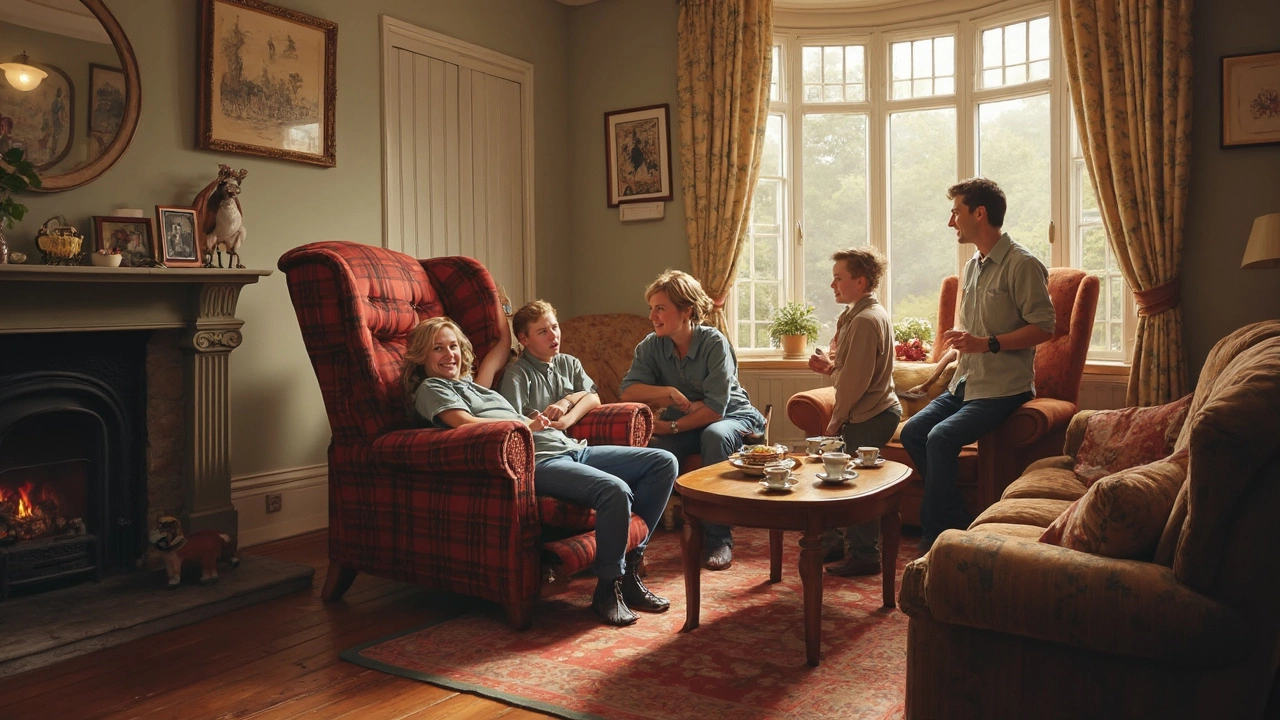Recliner Chair Guide – Comfort, Health & Buying Tips
If you’ve ever sunk into a recliner after a long day, you know the feeling – smooth, supportive, and oddly therapeutic. A good recliner does more than look cozy; it can help your back, improve circulation, and make everyday activities easier. Below you’ll find the basics on why a recliner matters, what to check before you buy, and how seniors can use Medicare to cover the cost.
Why a recliner can improve comfort and health
First, a recliner lets you change positions without standing up. Tilting the back and extending the footrest eases pressure on the spine, which lowers the risk of lower‑back pain. For people who sit a lot – like desk workers or seniors – that little shift can keep blood flowing and reduce leg swelling.
Second, many recliners include built‑in lumbar support or adjustable headrests. Those features keep the neck and lower back aligned, which can help with posture problems that develop from slouching on a couch or chair. A well‑aligned spine also means you’ll breathe easier, and some users notice better sleep after using a recliner before bedtime.
Third, a recliner can double as a simple lift‑assist device. When the footrest lifts, the seat angle opens up, making it easier to stand up. That benefit is a game‑changer for seniors or anyone recovering from injury, because it reduces strain on the knees and hips.
How to pick the right recliner for you
Start with size. Measure the space where you’ll place the chair and compare it to the recliner’s width, depth, and overall height. A cramped spot turns a comfortable piece into a daily annoyance.
Next, think about the mechanism. Power recliners are smooth but need an outlet; manual levers work anywhere and are usually cheaper. Test both if you can – the motion should feel steady, not jerky.Fabric matters too. Leather looks sleek and wipes clean, but it can get hot in summer. Breathable fabrics like cotton or linen stay cooler, but they may need more upkeep. Choose a material that matches your lifestyle and climate.
Weight capacity is another key point. If the recliner will hold a heavier person, look for a sturdy frame (often hardwood or reinforced metal) and a higher weight rating. A solid frame also means the chair will last longer.
Finally, consider extra features. Some recliners have heat, massage, or USB ports. Those add comfort but also raise the price. Decide what you truly need versus what’s a nice‑to‑have.
For seniors, Medicare can sometimes cover a recliner if it’s prescribed as a medical device, like a lift‑chair for mobility. Talk to your doctor about a written order, then submit the paperwork to Medicare. Most plans require the chair to meet specific durability and safety standards, so keep the receipt and the product’s certification handy.
In short, a recliner isn’t just a fancy seat – it’s a simple tool that can make daily life easier and healthier. By checking size, mechanism, material, weight limit, and any extra features, you’ll land on a chair that fits your space and your body. And if you qualify, Medicare can help with the cost, turning a comfort purchase into a smart health investment.
Recliner Chair Nicknames: What Do People Really Call Them?
Ever wondered if people call their recliner chairs something else? From common nicknames like 'La-Z-Boy' to quirky terms like 'dad chair,' the world of recliners has its own lingo. Learn the origins, popular names, and the reason behind each nickname. Get insider tips if you’re shopping for your perfect seat. Discover why some nicknames stick while others fade away.
More
